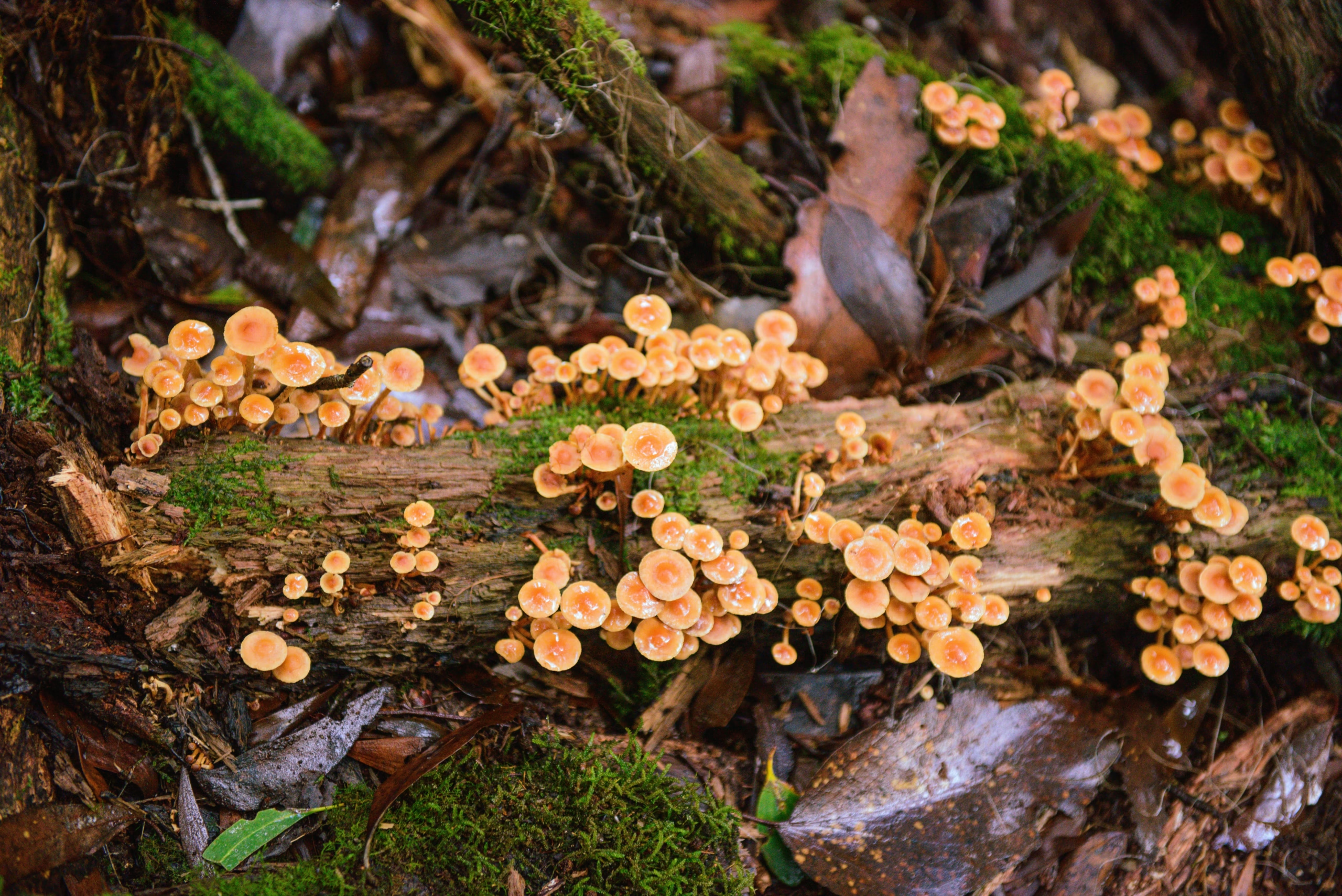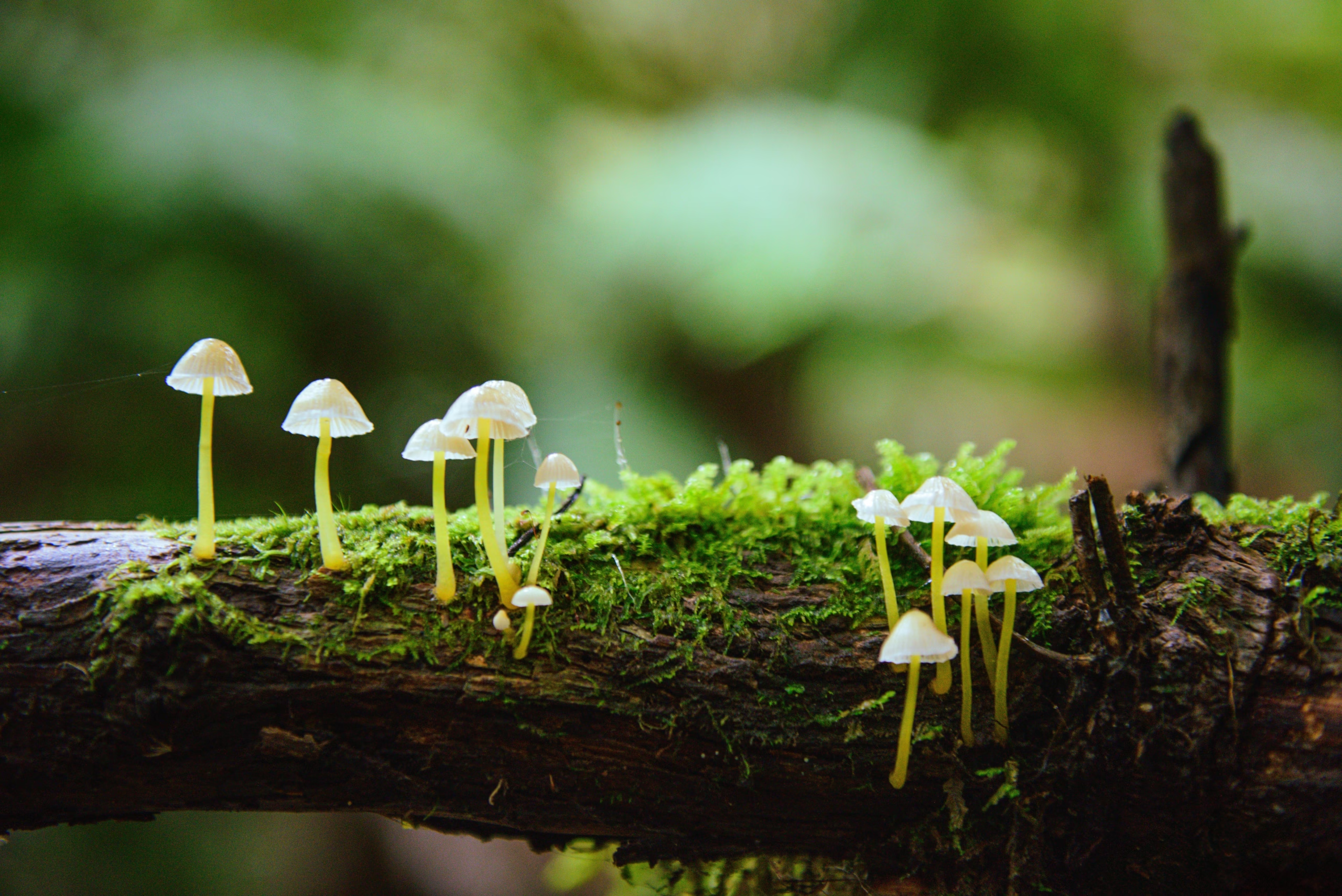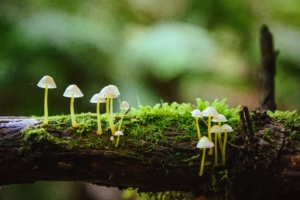Integrating Fungal Agents into Modern Oncology

The unique properties of fungal-derived compounds offer a complementary approach to existing cancer therapies. While many chemotherapeutics target rapidly dividing cells, fungal metabolites often function via immune modulation, differentiation of cancer stem cells, and inhibition of specific molecular pathways. This opens new avenues for combination therapies that could reduce the required doses of traditional drugs and minimize side effects.
Moreover, fungi-based immunotherapies are gaining momentum. For instance, compounds from Ganoderma lucidum (reishi mushroom) enhance natural killer (NK) cell activity and T-cell responses, potentially improving the efficacy of cancer immunotherapy regimens. These effects are especially relevant in treating cancers that are resistant to immune checkpoint inhibitors.
Recent advancements in biomedical research have reignited interest in natural products as sources of novel therapeutic agents. Among these, fungi have emerged as potent reservoirs of bioactive compounds with anticancer potential. This commentary explores the growing evidence supporting fungal metabolites as anticancer agents, their mechanisms of action, and the future directions for their integration into oncology.
Introduction
Cancer remains a global health challenge, driving an urgent need for innovative therapeutic strategies. While conventional chemotherapies continue to play a central role in cancer treatment, their associated toxicities and resistance issues demand alternatives. In this context, natural products—especially those derived from fungi—are gaining prominence for their diverse chemical structures and unique biological activities.
Integrating Fungal Agents into Modern Oncology
Keywords: Fungi, anticancer agents, fungal metabolites, natural products, cordycepin, apoptosis, multidrug resistance, cancer therapy.
Understanding Cancer: A Comprehensive Overview
Fungal Metabolites: A Rich Source of Anticancer Compounds
Fungi are prolific producers of secondary metabolites with cytotoxic, immunomodulatory, and apoptotic properties. Notable compounds such as taxol (originally from Taxomyces andreanae), gliotoxin, cordycepin, and griseofulvin have demonstrated significant anticancer effects in vitro and in vivo. These metabolites act through various mechanisms including:
- Induction of apoptosis (programmed cell death)
- Cell cycle arrest
- Inhibition of angiogenesis
- Modulation of oncogenic signaling pathways (e.g., PI3K/Akt, MAPK, and NF-κB)
Cordyceps species, for example, produce cordycepin, which has been shown to suppress the proliferation of multiple cancer cell lines by interfering with mRNA synthesis and promoting apoptosis.
Mechanistic Insights
Unlike many synthetic drugs, fungal metabolites often exhibit multitargeted actions, making them especially effective against drug-resistant cancers. For instance:
- Polysaccharide-K (PSK) from Trametes versicolor stimulates host immune responses and is used as an adjuvant therapy in Japan for gastrointestinal cancers.
- Ergosterol derivatives demonstrate strong antioxidant and anti-proliferative properties.
- Fumitremorgin C, a mycotoxin from Aspergillus fumigatus, inhibits the breast cancer resistance protein (BCRP), offering a strategy to overcome multidrug resistance.
Integrating Fungal Agents into Modern Oncology
Case Studies and Clinical Investigations
Some fungi-derived compounds have already reached clinical or near-clinical status:
- Polysaccharide-K (PSK):
Extensively used in Japan, PSK has shown benefits in prolonging survival when combined with chemotherapy in gastric and colorectal cancers. - Cordycepin:
Preclinical studies show that cordycepin can inhibit cancer cell growth, induce apoptosis, and suppress metastasis. Ongoing research is exploring its effects on prostate and breast cancers. - Cyclosporin A (from Tolypocladium inflatum):
While widely known as an immunosuppressant, this compound also exhibits anti-proliferative effects in certain cancer types, especially in synergistic combinations with other agents.
Despite these promising examples, few compounds have yet gained regulatory approval specifically for oncology in Western countries. Clinical trials are essential to verify efficacy, dosage, safety, and potential interactions with other treatments.
Biology: The Science of Life
Biotechnological Advances in Fungal Drug Discovery
Technological advancements are revolutionizing how we explore fungi for therapeutic use. Some notable innovations include:
- Genome Mining and Metabolic Engineering:
Using bioinformatics, researchers can identify previously “silent” gene clusters responsible for bioactive compounds. Through CRISPR and synthetic biology, these genes can be activated or transferred to more manageable organisms for large-scale production. - Endophytic Fungi Exploration:
Endophytes residing within plants produce metabolites similar to their hosts, including anticancer agents. They may serve as sustainable alternatives to plant-based drug extraction, such as taxol-producing endophytes from Taxus species. - AI and Machine Learning in Drug Screening:
Artificial intelligence tools can now rapidly predict the anticancer potential of newly discovered fungal compounds, speeding up the process of lead identification and optimization.
Ethical and Environmental Considerations
As we expand our exploration of fungal biodiversity, it is crucial to address environmental sustainability and ethical sourcing. Fungi collected from rare ecosystems must be handled with conservation in mind. Furthermore, bioprospecting regulations must ensure fair benefit sharing with indigenous communities whose traditional knowledge often guides fungal discovery.
Challenges and Future Prospects
Despite promising preclinical data, few fungal-derived compounds have transitioned into clinical use. Major challenges include:
- Isolation and purification of bioactive molecules
- Toxicity and specificity concerns
- Scalability of production
- Regulatory hurdles in clinical trials
Advances in genome mining, synthetic biology, and metabolomics offer exciting opportunities to harness and optimize fungal metabolites. Moreover, the integration of fungal compounds with nanotechnology could improve targeted delivery and reduce systemic side effects.
Final Remarks
Fungi are no longer just associated with decomposition or disease—they are emerging as powerful allies in the fight against cancer. Their biochemical diversity, evolutionary adaptability, and vast unexplored species pool position them as a treasure trove for drug discovery.
As we advance our scientific tools and collaborative frameworks, the integration of fungi into the oncological pharmacopeia is not just possible—it is inevitable. Continued support for interdisciplinary research, clinical validation, and sustainable sourcing will be critical to realizing the full promise of fungus-based cancer therapeutics.












